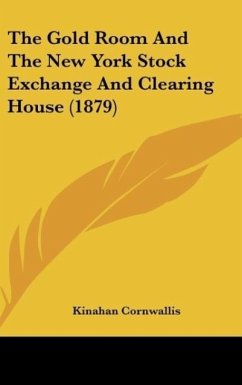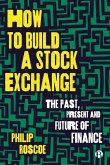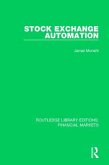How the Australian Stock Exchange Works Introduction The Australian Stock Exchange (ASX) is one of the world's leading financial markets, providing a platform for the trading of equities, derivatives, fixed income securities, and other investment instruments. As a crucial part of Australia's economy, the ASX facilitates capital formation, liquidity, and investment opportunities for individuals and institutions alike. This document explores the structure, functions, and processes of the ASX, detailing how it operates, its regulatory framework, and its impact on the Australian economy. History and Structure of the ASX The ASX was formed in 1987 through the merger of six regional stock exchanges, unifying Australia's capital markets under a single national exchange. Today, the ASX operates as a public company, ASX Limited, and is itself listed on the exchange under the ticker symbol "ASX." The ASX is structured into different market divisions: * Equities Market: Trades shares of publicly listed companies. * Derivatives Market: Facilitates trading of options, futures, and other derivative products. * Fixed Income Market: Includes government and corporate bonds. * Foreign Exchange and Commodities Market: Offers trading in currency pairs and commodities. The ASX operates an electronic trading system, with transactions occurring via the ASX Trade platform, replacing the open outcry system that was previously used.
Hinweis: Dieser Artikel kann nur an eine deutsche Lieferadresse ausgeliefert werden.
Hinweis: Dieser Artikel kann nur an eine deutsche Lieferadresse ausgeliefert werden.








